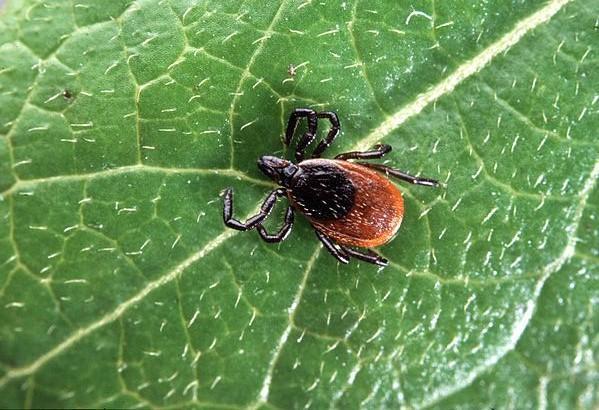- Tags:
- Wildlife,
- Something Wild

Squirming yet? That uncomfortable "awareness" is an important survival mechanism!
Here's a dubious Granite State superlative: New Hampshire has the third highest incidence of Lyme disease in the country following Delaware and Connecticut!
Southern New Hampshire is prime tick habitat. Deer ticks - not dog ticks - are THE vector for human Lyme disease. Two-toned solid colored deer ticks, also called "black-legged ticks" are smaller than familiar mottled brown dog ticks.
Annual tick populations are affected by rainfall. Differences in habitat and latitude play key roles in tick densities. To prevent ticks, experts recommend using DEET-based insect spray and proper clothing practices to prevent tick bites. Wear light colored pants and tuck cuffs inside boots.

Removing an imbedded adult ticks in less than 24 hours may prevent Lyme disease transmission which generally requires a tick to remain attached for longer. But small larval tick nymphs may transmit Lyme disease faster so detection remains key. Check yourself for ticks every time. Be aware and know the symptoms including headache, muscle stiffness and rash.
Medical experts have seen reported rates of Lyme disease spike from 130 cases per 100,000 before 2001 to more than 800 annually after 2006.
The extent of new residential homes with more people, dogs and deer living in brushy once-rural areas underlies the spike in Lyme disease. More people now simply live in rural areas where ticks have always been a fact of life.
Squirming yet? That uncomfortable "awareness" is an important survival mechanism!
